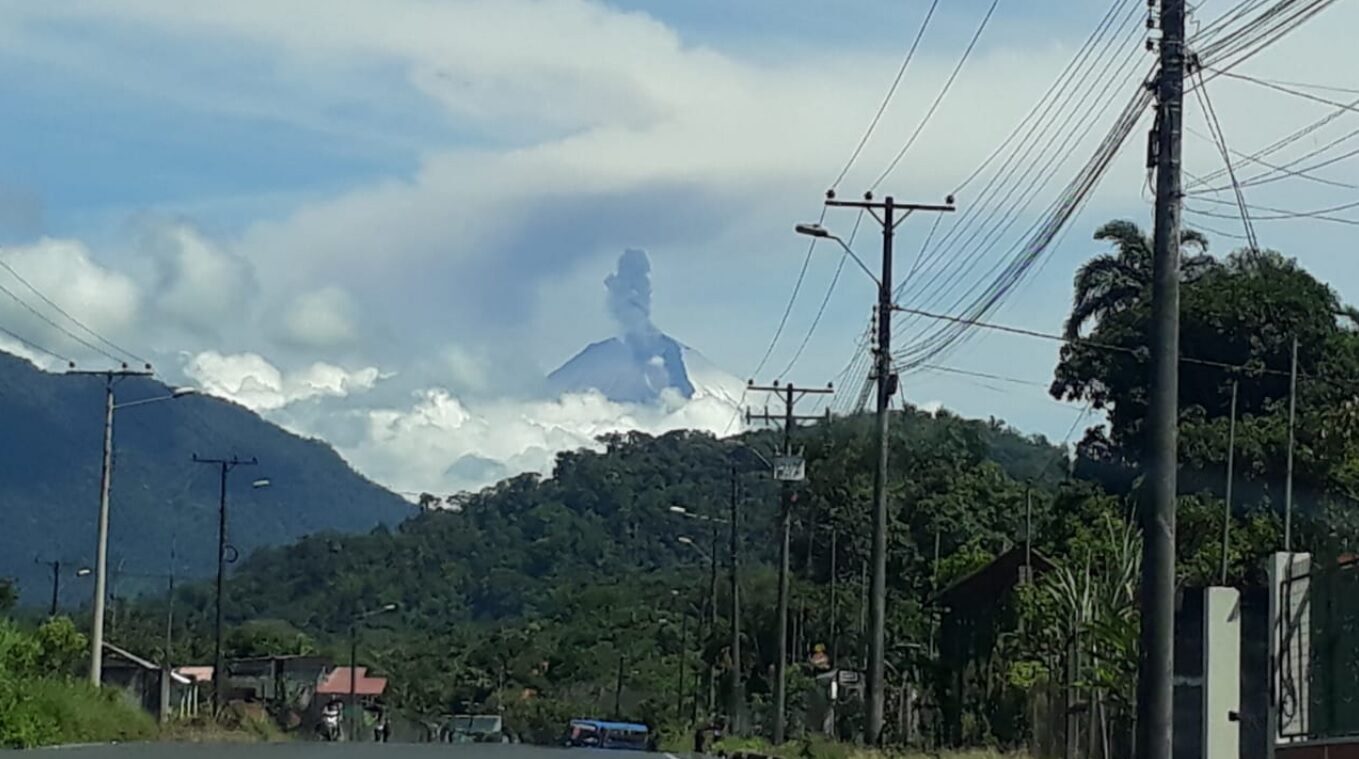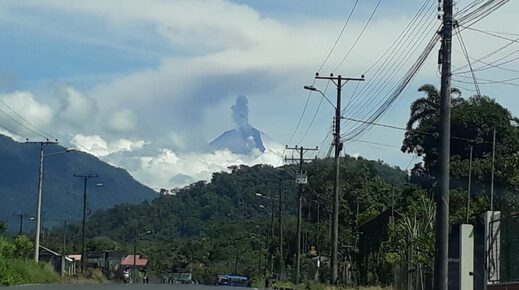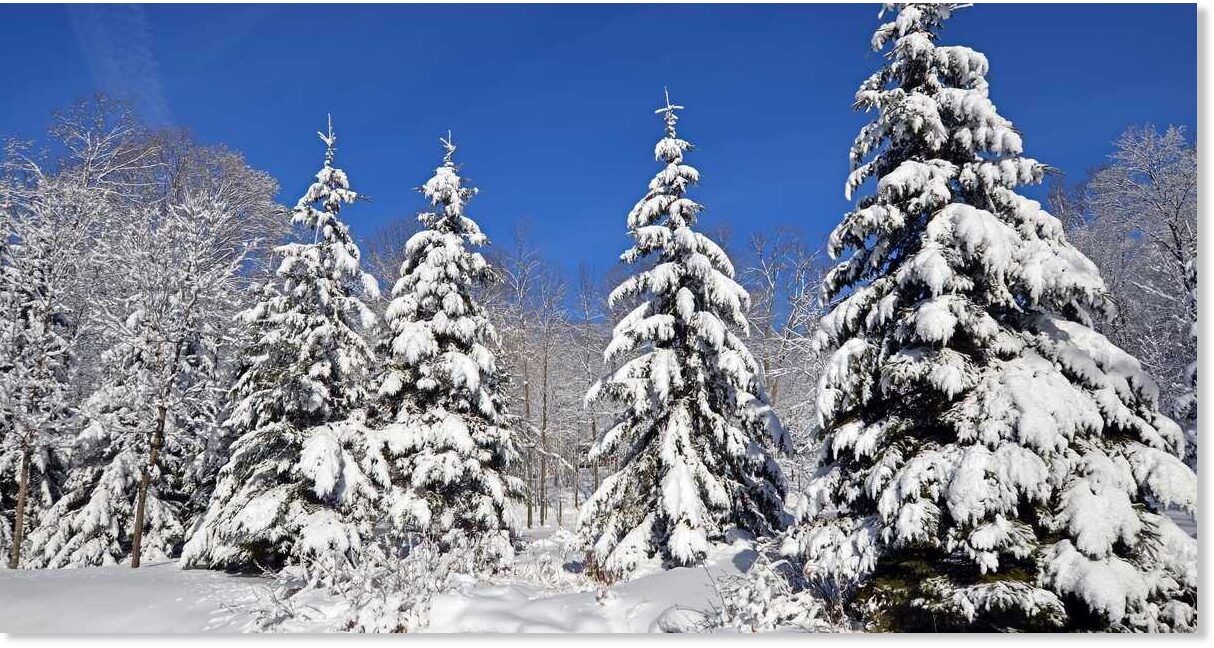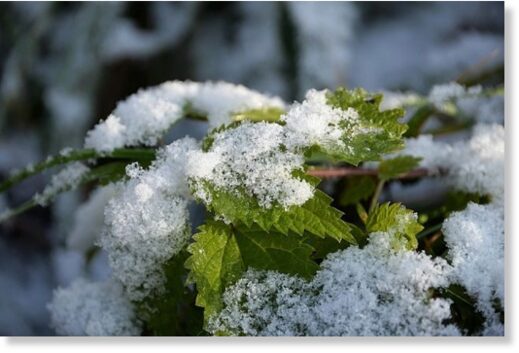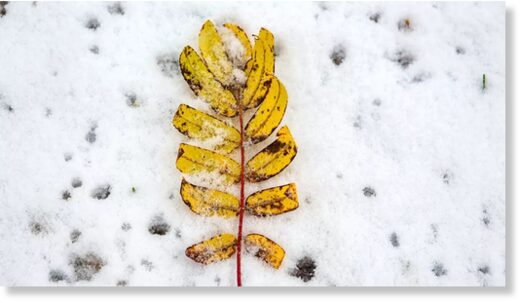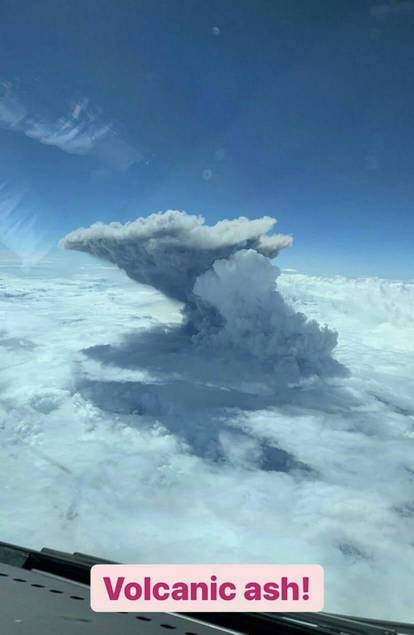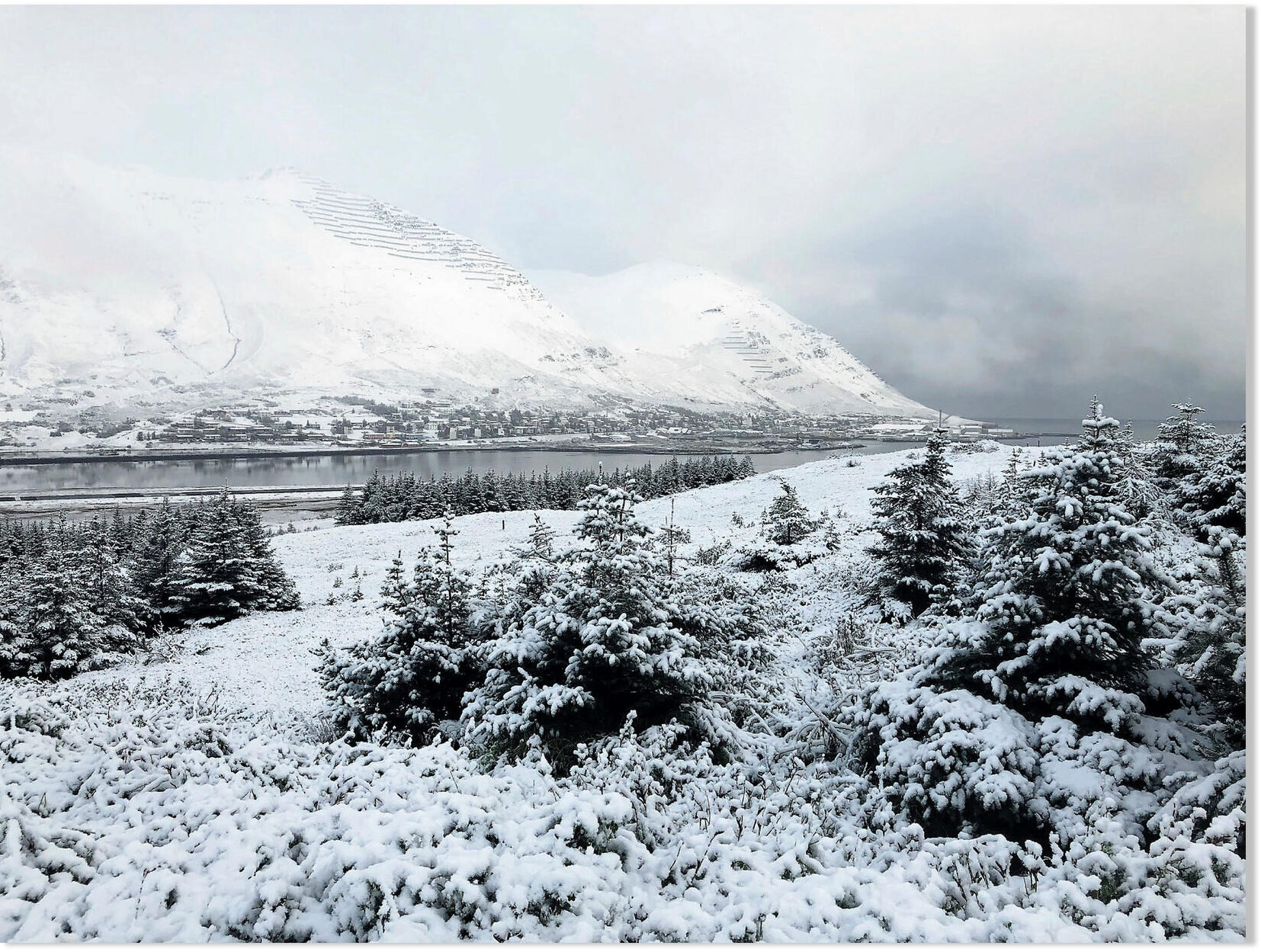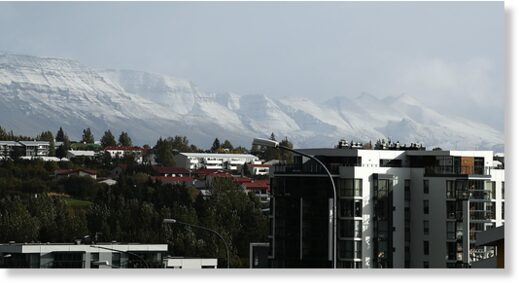TxGal
Day by day
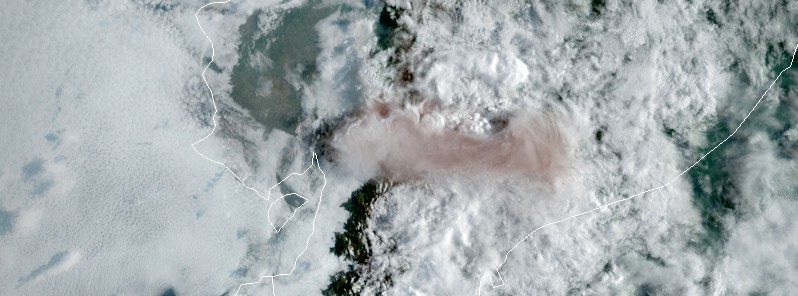
Major eruption at Sangay volcano, ash to 12 km (40 000 feet) a.s.l., Ecuador
A major eruption started at Ecuador's Sangay volcano at 09:20 UTC (04:20 LT) on September 20, 2020. According to the Washington VAAC, volcanic ash rose to 12.2 km (40 000 feet) above sea level…
Major eruption at Sangay volcano, ash to 12 km (40 000 feet) a.s.l., Ecuador
Posted by Teo Blašković on September 20, 2020 at 18:08 UTC (5 hours ago)
Categories: Featured articles, Volcanoes

A major eruption started at Ecuador's Sangay volcano at 09:20 UTC (04:20 LT) on September 20, 2020. According to the Washington VAAC, volcanic ash rose to 12.2 km (40 000 feet) above sea level, moving W at 18 - 28 km/h (11 - 17 mph). Heavy ashfall was reported in provinces west of the volcano.
Major emissions ended by 15:33 UTC, with only minor volcanic ash emissions detected on satellite imagery, moving W of the summit.
Detached plume up to 180 km (115 miles) W of the summit is expected to dissipate after about 6 hours, the Washington VAAC reported at 15:33 UTC.
IGEPN volcanologists said that explosions and ash emissions were much more energetic than any of those observed in the past couple of months. A large ash cloud was reported at 09:40 UTC, with the highest part of the cloud heading east, while the lower part headed west of the volcano.
Weather and night conditions prevented direct observations.


Image credit: NOAA/GOES-16, RAMMB/CIRA

Image credit: NOAA/GOES-16, IGEPN, RAMMB/CIRA
Ash dispersal models showed there is a high probability of ashfall in the provinces of Chimborazo, Bolívar, Guayas, and Los Ríos, and less probabilities in Santa Elena and Manabí.
The potentially most affected provinces would be Chimborazo and Bolívar, where ash accumulations could exceed 3 mm (0.11 inches) and 1 mm (0.03 inches), respectively. This is enough to affect agriculture, IGEPN said.

Ashfall temporarily suspended all flights in and from Guayaquil Airport (GYE).
View: https://twitter.com/alcaldiagye/status/1307728465316261890
View: https://twitter.com/Chriztian_19/status/1307706556826476545
View: https://twitter.com/lizvalarezo/status/1307730946423169025
View: https://twitter.com/YunganKaty/status/1307687610534572039
View: https://twitter.com/PriscSalazari/status/1307677257457184768
View: https://twitter.com/ricardo_more99/status/1307737206312890368
View: https://twitter.com/PabloSurGames/status/1307712024957382657
Authorities urge residents and tourists to stay away from danger zones. If you are in an ashfall zone, protect yourself with a mask, goggles, and limit your exposure.
Authorities urge residents and tourists to stay away from danger zones. If you are in an ashfall zone, protect yourself with a mask, goggles, and limit your exposure.
Sangay is located in the Morona Santiago province, 41 km (25 miles) north-west of the city of Macas.
The current eruptive period began in May 2019 and remains to this day. The activity is characterized by the generation of lava flows, pyroclastic density currents (pyroclastic flows), and gas and ash emissions.
Geological summary
The isolated Sangay volcano, located east of the Andean crest, is the southernmost of Ecuador's volcanoes and its most active. The steep-sided, glacier-covered, dominantly andesitic volcano grew within horseshoe-shaped calderas of two previous edifices, which were destroyed by collapse to the east, producing large debris avalanches that reached the Amazonian lowlands.
(Graphic will not load for me)
The modern edifice dates back to at least 14 000 years ago. It towers above the tropical jungle on the east side; on the other sides flat plains of ash have been sculpted by heavy rains into steep-walled canyons up to 600 m (1 979 feet) deep.
The earliest report of a historical eruption was in 1628. More or less continuous eruptions were reported from 1728 until 1916, and again from 1934 to the present.
The almost constant activity has caused frequent changes to the morphology of the summit crater complex. This volcano is located within the Sangay National Park, a UNESCO World Heritage property.
Featured image: Ash rising over Sangay volcano, Ecuador at 12:20 UTC on September 20, 2020. Credit: NOAA/GOES-16, RAMMB/CIRA

















